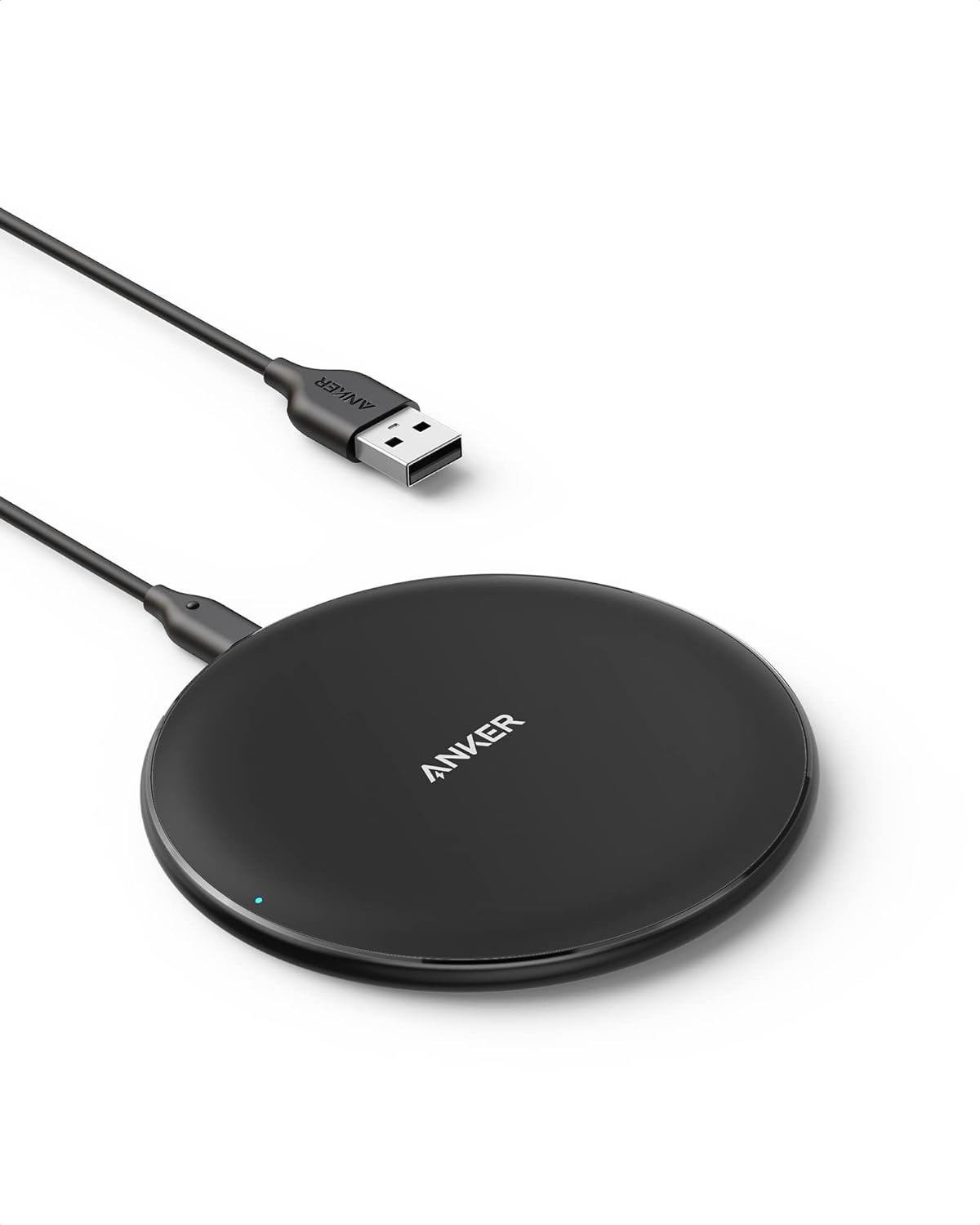Introduction
In today’s language classroom, the transition from novice to intermediate language proficiency hinges significantly on effective presentational writing strategies. Whether in Spanish or French, teachers strive to craft lessons that not only teach but also engage students. Utilizing various writing activities that range from answering basic questions to elaborating on complex ideas, helps students better internalize the language. This progression is supported by a plethora of resources, including task-based learning approaches and technology, which provide immediate feedback and foster a practical use of vocabulary and grammar.
The role of post activities like peer reviews and reflective blog posts cannot be understated in a world language classroom. These activities encourage students to revisit and refine their work, pushing their capabilities beyond memorized phrases to spontaneous language use. Tailoring these experiences to include interpretive tasks and writing assessments helps solidify a student’s ability to communicate clearly and effectively, paving the way for real-world application of the language skills learned in class.
Key Takeaways
- Task-based learning strategies in the language classroom enhance student proficiency by mimicking real-world language use and encouraging critical application of language skills.
- The integration of technology supports writing skills development by providing immediate feedback and creating an engaging learning environment.
- Post activities such as peer reviews and reflective blogging are essential for students to refine their work and improve their ability to communicate in another language.
- Regular feedback and revision sessions help students understand their writing strengths and areas for improvement, thereby enhancing their language precision and clarity.
- Reflective writing serves as a powerful tool for students to internalize lessons and track their progress, fostering a proactive approach to mastering language skills.
- Continuous assessment and personalized feedback from teachers are crucial for guiding students in refining their writing skills and achieving language proficiency.
Effective Strategies to Enhance Student Writing in the Language Classroom

In a world language classroom, language teachers can deploy targeted strategies to enhance student proficiency in presentational writing. This involves a list of writing activities ranging from short prompts to extensive, detailed reports, facilitating the transition of students from novice to intermediate levels. Utilizing tools like rubrics and practical examples to scaffold learning, these methods provide definitive guidelines. They focus on the essential role of vocabulary and sentence structure, helping students to produce coherent paragraphs that demonstrate deeper language understanding. Such strategies are typically designed to include feedback, or messages, that edit and refine student outputs.
Implementing Task-Based Learning Approaches
Task-based learning is a powerful strategy in the language classroom, focusing on tasks that mimic real-world language use. This approach encourages students to think critically and apply language skills in a practical context, enhancing their writing proficiency. Incorporating tasks that require students to create specific text types, such as emails or advertisements, prepares them for practical language use outside the classroom.
Using Technology to Support Writing Skills
Integrating technology in the language classroom can significantly boost students’ writing skills. Tools like online dictionaries, language apps, and interactive writing platforms provide immediate assistance and feedback, helping students refine their use of vocabulary and grammar. Technology also allows for a more engaging and interactive learning experience, which can increase student motivation and participation.
Exploring the Role of Post Activities in World Language Classrooms

Post activities, such as peer reviews and reflective blogging, play a crucial role in solidifying students’ writing skills in world language classrooms. These activities offer students opportunities to revise and refine their work based on feedback, enhancing their ability to communicate effectively in another language. Teachers can guide students to use specific phrases and conjunctions to add depth to their writing, aligning with ACTFL performance descriptors for presentational writing.
Key Post Activities in World Language Classrooms
Peer Review Sessions: Engage students in evaluating each other’s work, which promotes critical thinking and constructive criticism. This activity helps students understand diverse linguistic styles and apply feedback to their own writing.
Structured Feedback Sessions: Teachers provide detailed feedback on student assignments, focusing on specific language use and writing techniques. This process is crucial for identifying areas of improvement and reinforcing writing rules and conventions.
Reflective Blogging: Students write blog posts reflecting on their learning experiences, writing processes, and outcomes. This practice encourages deeper engagement with the language and self-assessment of their progress.
Goal-Setting Workshops: Post-activity workshops where students set specific writing goals based on their feedback. This helps them target their efforts and plan their learning path effectively.
Feedback and Revision Sessions
Feedback sessions are critical in the language learning process, allowing students to understand their writing strengths and areas for improvement. By systematically reviewing and revising their texts under teacher guidance or through peer feedback, students can develop a deeper understanding of the language and improve their writing precision and clarity.
Reflective Writing as a Learning Tool
Encouraging students to engage in reflective writing after completing language tasks provides them with an opportunity to internalize what they have learned. This method helps students assess their progress and set goals for future assignments, fostering a proactive attitude towards language mastery and enhancing their overall communication skills.
Key Practices for Teachers to Foster Language Proficiency in Students

Teachers are instrumental in elevating students’ language proficiency through targeted presentational writing tasks. By setting up tasks that mimic real-world writing scenarios, educators can create a dynamic learning environment. Encouraging the use of memorized phrases alongside newly learned vocabulary helps bridge the gap between novice and intermediate proficiency levels. Regular assessments and feedback are essential in helping students understand and improve their writing capabilities.
Enhancing Interactive Classroom Dynamics
Creating an interactive classroom environment where students can openly discuss and critique each other’s writing encourages active learning and language use. This dynamic setting helps students become more comfortable with the language, fostering a supportive community that promotes continuous improvement.
Continuous Assessment and Personalized Feedback
Regular assessments and personalized feedback are vital for student growth in language proficiency. Teachers need to provide specific comments on students’ writings, highlighting both the strong points and areas needing improvement. This personalized approach ensures that students receive the guidance necessary to refine their writing skills effectively.
“Education is not just about filling minds; it’s about shaping hearts and nurturing souls.” — Maria Montessori
Navigating the Challenges of Presentational Writing in World Language Education

Presentational writing poses unique challenges in a world language classroom, from managing diverse proficiency levels to ensuring consistent practice. Teachers can mitigate these challenges by integrating technology, like language learning apps and online forums, where students can practice writing and receive instant feedback. Structured activities that progressively build on students’ skills are crucial for helping them achieve the desired proficiency levels, ultimately enhancing their confidence in using the target language effectively.
Adapting Teaching Methods for Diverse Learning Styles
Adapting teaching methods to accommodate various learning styles is crucial in managing the diverse needs of students in a world language classroom. Whether through visual aids, kinesthetic activities, or auditory lessons, diversified teaching methods help all students engage more deeply with the language and improve their writing abilities.
Establishing Clear Writing Goals and Expectations
Setting clear, achievable goals for presentational writing tasks helps students understand what is expected of them and how to approach their assignments. By outlining specific objectives and criteria, teachers can guide students in crafting well-structured texts that meet the academic and linguistic standards of the language classroom.
- Qi-Certified 10W Max
- iPhone 14/14 Pro/14 Pro Max/13/13 Pro Max
- AirPods (No AC Adapter, Not Compatible with MagSafe Magnetic Charging)
Conclusion
In conclusion, mastering presentational writing in the language classroom requires a holistic approach that integrates technology and task-based learning strategies. Tools like language apps and interactive platforms facilitate real-time feedback, enabling students to refine their writing practice and adapt to the nuances of languages like Spanish. Teachers play a pivotal role, not just by delivering lessons but by crafting a dynamic environment where students can use to add layers of complexity to their communication skills through structured activities and post activities.
Embracing continuous assessment and adaptive teaching methods tailored to diverse learning styles ensures that all language learners, regardless of their starting point, can achieve proficiency. By setting clear writing goals and utilizing various writing activities, educators can effectively guide students towards leveling up their writing, making the learning process both engaging and effective. This approach not only prepares students for academic challenges but also equips them with skills necessary for real-world applications.

James Dunnington leads the James Dunnington Collection, featuring five unique blogs: a practical Pet Care Guide, an enlightening Ancient History Blog, a resourceful Home Improvement Guide, a cutting-edge Tech Innovation Guide, and a strategic Online Money Making platform. Each site delivers valuable insights designed to empower and inform. For updates and more tips, visit our Contact Us page to sign up for our newsletter, ensuring you never miss out on the latest content from any of these dynamic fields.

